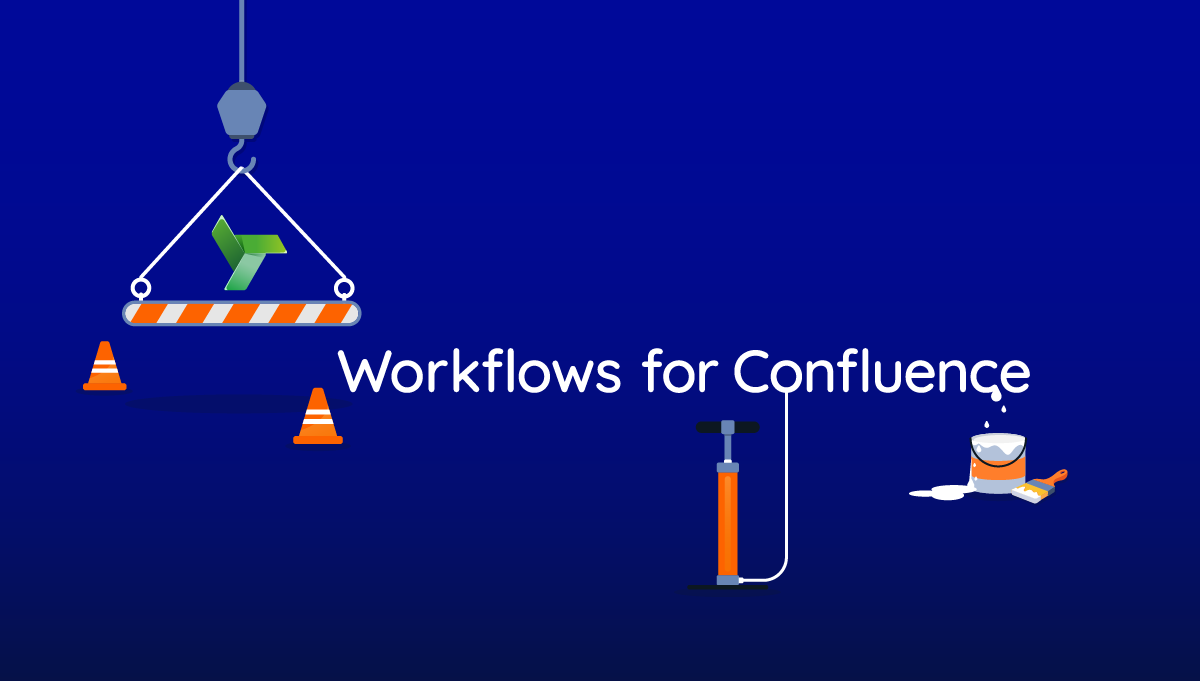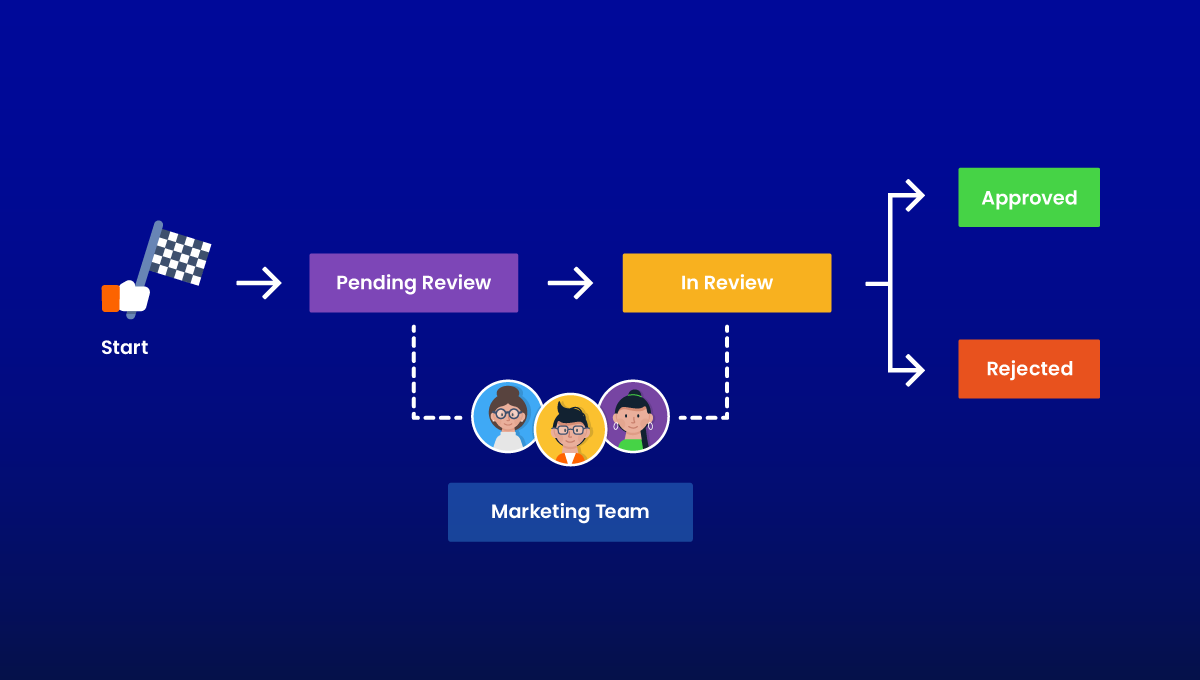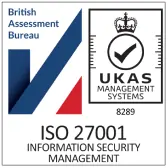If you’re read our other posts about Jira clean ups, hopefully you’re now pretty confident in the following:
- How often you should be doing them
- How to prepare for them
- Why they’re important
But what you might not know is that there are six stages to a clean up. And, today, we’re going to guide you through each one.
From preparation all the way through to optimization, allow us to be your Jira clean up tour guides stage by stage.
Jira clean ups: A little context
Let’s start with the basics, just in case you’re new to the world of Jira clean ups.
A Jira clean up is a way of maintaining order and governance in your instance. Typically, we recommend following the below pattern:
- A monthly basic clean up
- Quarterly clean up
- Advanced annual clean up
This work should be supported by ongoing optimization and maintenance.
A regular clean up routine is essential, as it prevents items and potential problems from snowballing in your instance, and ensures that your Jira remains well-governed and structured. It can also improve system performance, usability and your users’ productivity.
Now, most of the six stages we’re referring to in today’s piece relate to the two bigger clean up sessions: your quarterly and annual clean ups.
In truth, your monthly clean ups should be pretty low maintenance, so the preparation and communication pieces are less critical here.
Jira clean-up stages
Now we’ve covered off a few of the basic principles of a Jira clean up, it’s time to zone in on the six key stages you’ll need to follow.
We’ll start with (in our eyes) possibly the most important: Preparation
1. Preparation
To truly reap the rewards of an intensive Jira clean up, you and your team need to lay some critical groundwork first.
Set up a test environment: During your annual clean up, you might undertake some pretty significant configuration work, which may include breaking changes.
So, before you get started, it’s important to make sure you have a development instance set up, with an XML back-up of your current site. This means you can test upgrades, make configuration changes, run scripts and essentially have a safe space to play and experiment without impacting your production environment.
Communicate with stakeholders: Even with a test environment, there’s always a chance that your clean up activity could result in some service interruption or access issues for your users. To manage this risk, you need to provide adequate notice to your team that clean up work has been scheduled, and you must communicate timeframes clearly.
“Communication is key! You cannot (we repeat, cannot!) reach out to your stakeholders enough in the run up to your clean. This reinforces the value of your clean up activity, ensures stakeholders feel involved in the process, and makes sure they have sufficient time to prepare themselves.”
Plan well: This communication needs to be accompanied by strong forward planning. It’s super important to align your clean up activity with other priorities or projects that may be in progress. You need to ensure that you allocate sufficient time and resource for the work, and that it doesn’t impact other wider business activity.
Introduce a formal change management process: If you don’t have a change management process in place already, now is the time to embed one. It should be well-documented and in a centralized location so that all users can access it and familiarize themselves with the guidance.
A change management process is particularly important for Jira instances which have grown organically. It’s unlikely a formal procedure was put in place when your site first began to increase in size and usage, so make sure to implement one now.
Limit your Jira Admins: Ideally, you want to reduce the number of users who have the capability to make production changes. Without this – and without your change management process – any work you do during your clean up to restore order and clear governance can quickly be undone by rogue Admins making unapproved changes!
Have a clear vision: Before you begin your clean up, identify what you want to get out of it. What benefits will an ordered and well-governed Jira instance deliver to your team?
On this note, it’s really important to ask your team for feedback. Start with what you all want to achieve, and then work backwards. How will your clean up activity support your goals and objectives?
Rachel Wright, Jira champion, gave an insight into how she approaches this element of a clean up, during an interview on the subject:
“I like to have everyone make a list of what they want Jira to do for their team, what they want to get out of Jira, and what kind of information and questions they want Jira to answer for them.”
Rachel Wright, Jira Expert
Once you have identified your long-term Jira vision, you’ll also need to make sure your entire team aligns with this goal and all your stakeholders get behind it. By having shared objectives, your stakeholders are all more likely to commit to, and recognize the value of, your Jira clean up work.
2. Identification
This second stage of your Jira clean up is all around finding target areas, gaining a sense of the scale of the work ahead of you, and understanding the core reasons behind some of your challenges.
Do a thorough audit of your system: The more thorough this review is, the better the outcomes will be for you. You might want to create an audit template to make sure you don’t miss any areas.
[C]
Make sure you document this too. The very act of writing down your areas of focus and the tasks you’re going to tackle, can help you to establish a clear plan and gain a sense of the scale of work required.
As an added bonus, by documenting the work required, it’s less likely that tasks or activities will be missed! It also means that everyone involved in the document has clearly committed to the work.
Don’t forget to use your audit exercise to capture off-system dependencies too. You need a full picture to really get the most out of your clean up work.
Use a tool like Optimizer for your health check: In instances of any size, your Jira is going to contain a huge amount of information and items. To make a high-level overview more manageable, why not use a tool like Optimizer? Created by the clever folks here at AppFox, Optimizer for Jira is designed to be an Admin’s best friend. It helps you to audit, analyze and configure your Jira instance, which makes preparing for your clean ups far more effective and efficient.
For a full overview of Jira for Optimizer, head over to the Atlassian Marketplace (where you can also try it for free!). Available on Cloud and Data Center, with Optimizer you can undertake a system health check, view fields, issues, users and more at a glance, and make bulk actions to deal with items swiftly and securely.
Look beyond configuration items: This exercise can help you to identify cultural or organizational issues that may also be impacting your instance. This provides you with a valuable opportunity to look at underlying causes. For example, are Admins collaborating, etc?
3. Stakeholder engagement
When you’re getting ready for a big piece of work, it’s vital to engage your stakeholders.
Speak their language: In the first instance, you might need to ask yourself why your stakeholders should care. Really – what is the value of a Jira clean up to them? Focus on benefits and success metrics that they’ll understand – from increased team productivity to improved reporting outputs.
For more insights, take a look at this post: The Importance of a Jira Clean Up
Especially in large organizations, you might be addressing a real wide range of stakeholders, from senior management to end users. These groups may need different messaging as they’ll all have their own priorities, challenges and perspectives. So, it’s crucial to target your messaging effectively in order to get all stakeholders on board.
Present a roadmap for changes: It can help to show stakeholders your plan for configuration changes, or other improvements, and to explain the reasoning behind any planned work. Why are you doing this, and who will it benefit?
You might also want to present senior management with an executive report, summarizing key changes and providing a high level overview.
Prepare for silence: As and when you do reach out, be prepared that you may not receive a standing ovation. People are always busy with their own stuff, so you might not get much of a response. Don’t let this deter you! Communication. Is. Key.
Continue to engage with your stakeholders, and to prepare them for any changes or actions that may impact their work. You might also want to create working groups or forums of engaged users who are keen to make Jira as brilliant as it can be for your organization. Think of these as your Jira champions.
They can be a real asset in terms of disseminating information across various teams, and for encouraging any change-resistant folks.
[C]
4. Clean up
We’ve already mentioned that you should ideally be doing a monthly, quarterly and annual Jira clean up. But what does that look like in practice?
In your monthly clean up, you’ll focus on quick wins to tidy and manage. Your quarterly clean up will be primarily focused on planning your intensive annual session, including communicating to stakeholders, allocating resource and time, identifying areas that will require configuration and collecting feedback from users.
By the time your annual clean up arrives, you should be in a position to make changes and improvements – both to your instance and your processes.
[C]
5. Optimization
The work doesn’t stop when your clean up ends. Instead, you need to embrace ongoing optimization, to ensure you keep on top of potential issues or challenges.
Ongoing optimization is the process of maintaining sustainable standards, such as creating training resources and user guides, embedding a change management process or creating a group of ‘power users’.
Allow room for flexibility in your standards but document any exceptions. If a user is not permitted to make a change, you have to be clear on why this is the case. Documented standards and guidelines help to create a culture of standardization, consistency and transparency.
Ultimately, your Jira clean up is never really finished (sorry to be the bearers of bad news!)…
But over time – and with sustained focus and energy – each clean up session should become less labor-intensive.
Instead, with a well-governed instance, you should be able to focus on enhancements, standards and maximizing your ROI (as opposed to spending your time trying to impose order on a chaos of custom fields and workflows!).
6. Ongoing maintenance
The last stage of your Jira clean up process is the ongoing maintenance work.
You could describe this as more of a culture-focused piece, as this work encourages users to review Jira on an ongoing basis, and for stakeholders to commit to and diarise regular clean ups.
Key to this maintenance work is continued communication, again contributing to a positive and committed clean up culture. Share the results of clean up activity over time, demonstrating long-term patterns and improvements. Doing this will contribute to that continued clean up culture.
[C]
Your Jira clean-up process
We hope this piece today has given you a clear understanding of the six different stages of a Jira clean up.
It sounds like a lot of work (believe us, we get it!), but in reality, once you’ve got into the swing of your clean up routine and have committed and engaged stakeholders on board, you should find the work isn’t too intensive.
For our money, the preparation and communication stages are two of the most important. Planning and preparing will lay smooth foundations for your clean-ups, whilst communication will ensure that your stakeholders remain engaged and supportive.
If you need any support throughout your clean up process, would value the guidance of Atlassian expert, or would like to take up the offer of a free Jira health check, do get in touch with us.








